
Near the end of a year in which Chinese phone makers have made great strides, one of the country’s biggest players, Oppo, is looking to be early with 5G phones and bank on artificial intelligence (AI) to separate itself from the competition.
In 2019, the company will seek to launch 5G phones early in Europe and turn to AI to make its phones smarter than rival manufacturers, Oppo executives told Techgoondu in interviews at its Shenzhen headquarters last month.
On top of that, there will be efforts to improve its phones’ video capture and 3D capabilities, as more people are sharing video clips on social media platforms, said Chuck Wang, a product manager at Oppo China.
Two weeks ago, the company said it would inject US$1.4 billion in research and development spending in 2019 to develop AI applications for 5G handsets.
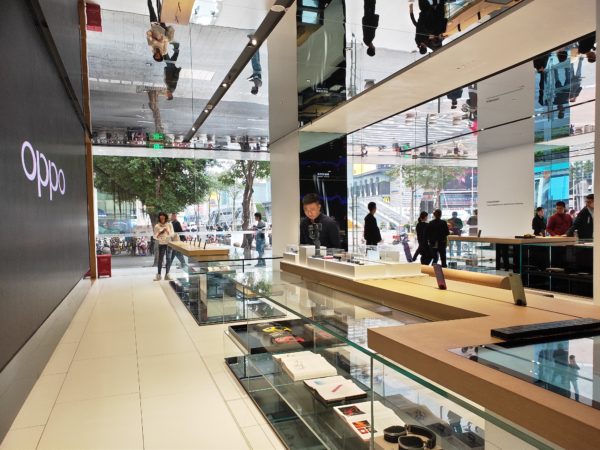
Behind the efforts is an ambition to leap ahead of traditional leaders such as Apple and Samsung, as well as fellow Chinese phone maker Huawei, which has seen success with mobile photography in recent years.
Over the years, Oppo had been no stranger to coming up with innovative features. It was one of the first to introduce a motorised rotating camera, and later, a 5x optical periscope-style zoom lens.
Its Find X launched earlier this year broke new ground again. A pop-up camera meant that users enjoyed a full screen without an annoying notch at the top to house the optics.
The mechanised camera module, the first such feature on any phone, offered 3D face recognition to unlock the phone, appearing when it was needed.
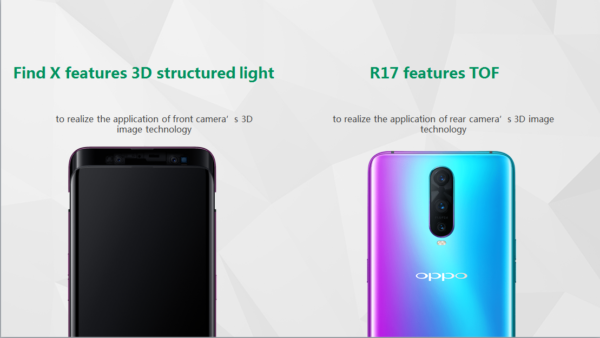
Looking to the future, Oppo is bringing a ToF (Time of Flight) 3D camera feature to its phone. With this, an Oppo phone is able to map out the outlines of subjects within a frame and create a 3D image by measuring the time the light needs to travel from the light source to the object and back to the camera.
The further the object is away from the phone, the longer the time taken for the light to reflect back to the camera, allowing the phone to measure the distance.
By combining the data of various distances of multiple points within the frame, a 3D image can be created, just like how sonar works on a submarine.

Oppo hopes that consumer applications for such 3D camera will make its phones stand out from other phone makers. Users can create 3D photos, measuring items without a physical ruler and play somatosensory games – based on pressure, pain or warmth – first seen on the Xbox Kinect system.
Making 3D avatars may be easy but to share it online will take tremendous amount of data. This is where Oppo hopes to use faster 5G networks to showcase its phones’ 3D camera capabilities and applications.
Indeed, as part of its push into the European market, 2019 will see the first 5G-enabled Oppo phone, said Wang. It wants to grab the opportunity offered by the new networks, he added.
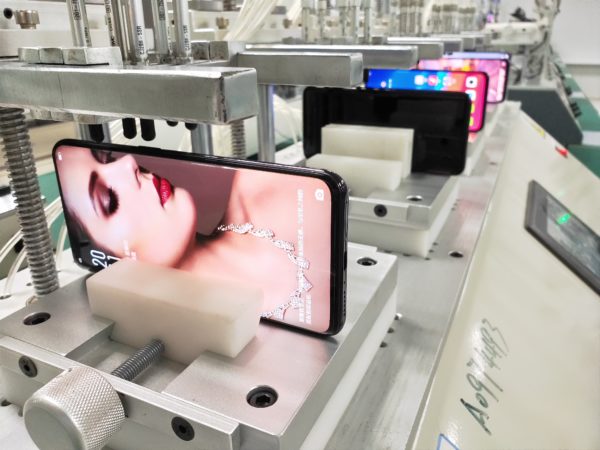
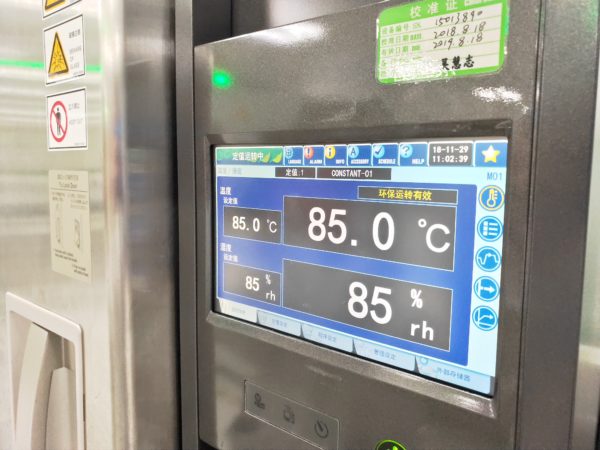
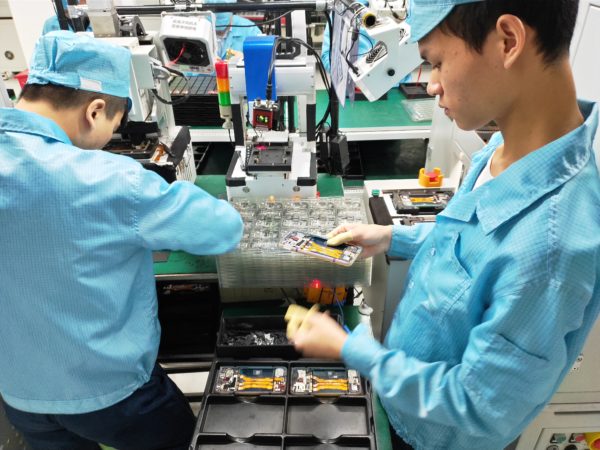
Innovation has to be backed up by quality, of course. One thing that Oppo was keen to stress during a media visit to its Dongguan factory last month was its commitment to quality.
From conducting drop tests to subjecting the phones to wet and hot environments in purpose-built testing machines, the company hopes to dispel the perception of poorly-made Chinese products.
It is a tough fight, for sure. Despite its obvious innovations, Oppo’s phones are not listed in DXOMark, a website dedicated to test a camera’s image quality and an important benchmark used by consumers.
Notably, other Chinese-made phones such as the Meizu Pro 8 Plus, Vivo X21, Xiaomi Mi Mix 3, OnePlus 6 and Huawei P20 are on that list. Oppo could have done better, surely.
And with any Chinese technology firm now, there are also the questions about privacy and security. Through no fault of its doing, Oppo has to contend with a technology cold war breaking out across continents.
Fellow Chinese phone makers ZTE and Huawei have already been singled out by the United States government for alleged ties with the Chinese government. They have faced obstacles winning over that important, elusive market.
To lessen the fear, Oppo says it has adopted the European Union’s General Data Protection Regulation and has set up a special department that ensures that personal data is not being misused. Whether that would work remains to be seen.
Oppo may have a good opinion of its capabilities but it still has some way to convince the average consumer to buy its phones. The Find X’s movable camera module may seem futuristic but concerns over water invasion, especially in wet and humid Singapore, remain to be addressed.
Another issue is price. Its recently launched R17 Pro flagship phone with a modest Qualcomm Snapdragon 710 chip is priced at S$999, which is higher than an older phone with a faster chip, such as Huawei’s P20 Pro.
Even if the Oppo phone has 8GB of RAM and 128GB of memory, on paper, its smaller battery capacity at 3,700mAh makes it harder to win against the competition.
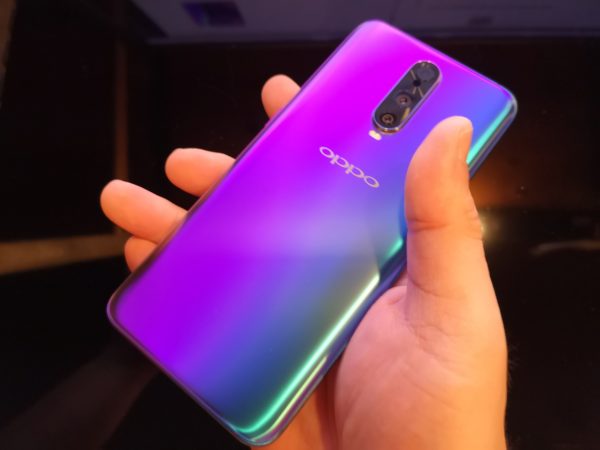
This is not to say that Oppo does not have a good business model. Users only have to look at its sister company OnePlus, which offers a 6T model that sports a Snapdragon 845 chip, 8GB RAM and 128GB internal Storage at S$769 online. Unfortunately, that’s a better deal than Oppo’s own flagships.
While Oppo has blazed the trail in some areas, how consumers value a phone goes beyond a cool new feature or two. For it to become more successful, it has to be better match its phones’ capabilities with its asking price, for starters.
Even with Huawei, which is arguably more successful because of the larger number of phones it has sold, the effort to win over skeptical users has taken considerable time. In a competitive market, Oppo needs to take a long-term view to changing perceptions.






